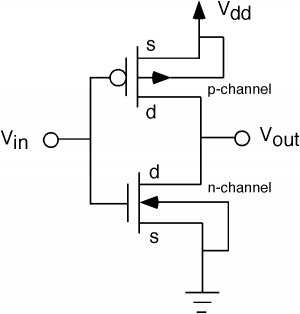
Voltmeter With LED For Car Battery

Below is a comparator circuit that can measure the voltage of a car battery in steps of 1 volt. The voltage indication is achieved through comparison.
The comparator circuit designed for measuring the voltage of a car battery utilizes an operational amplifier (op-amp) configured as a comparator. This circuit provides a simple yet effective means to monitor the battery voltage, ensuring that the vehicle's electrical system operates within safe parameters.
The circuit typically consists of an op-amp, a reference voltage divider, and an output indicator, such as an LED or a digital display. The reference voltage is set using resistors to create a series of voltage levels corresponding to the desired measurement increments (1 volt in this case). The car battery voltage is connected to the non-inverting input of the op-amp, while the reference voltage is fed into the inverting input.
As the battery voltage varies, the op-amp compares the input voltage from the battery against the reference voltage. When the battery voltage exceeds the reference level, the output of the op-amp switches states, activating the output indicator. This provides a visual representation of the battery voltage level. By designing multiple reference levels, the circuit can indicate different voltage ranges, allowing for a clear understanding of the battery's status.
For enhanced functionality, the circuit may include additional components such as hysteresis to prevent rapid switching of the output near the reference voltage thresholds, or a microcontroller for digital signal processing and more precise readings. This comparator circuit serves as a vital tool for monitoring car battery health and ensuring reliable vehicle operation.Below is a comparator circuit which is can measure with step of 1 volt, the voltage of car battery. The indication of voltage is done by comparison of .. 🔗 External reference
The comparator circuit designed for measuring the voltage of a car battery utilizes an operational amplifier (op-amp) configured as a comparator. This circuit provides a simple yet effective means to monitor the battery voltage, ensuring that the vehicle's electrical system operates within safe parameters.
The circuit typically consists of an op-amp, a reference voltage divider, and an output indicator, such as an LED or a digital display. The reference voltage is set using resistors to create a series of voltage levels corresponding to the desired measurement increments (1 volt in this case). The car battery voltage is connected to the non-inverting input of the op-amp, while the reference voltage is fed into the inverting input.
As the battery voltage varies, the op-amp compares the input voltage from the battery against the reference voltage. When the battery voltage exceeds the reference level, the output of the op-amp switches states, activating the output indicator. This provides a visual representation of the battery voltage level. By designing multiple reference levels, the circuit can indicate different voltage ranges, allowing for a clear understanding of the battery's status.
For enhanced functionality, the circuit may include additional components such as hysteresis to prevent rapid switching of the output near the reference voltage thresholds, or a microcontroller for digital signal processing and more precise readings. This comparator circuit serves as a vital tool for monitoring car battery health and ensuring reliable vehicle operation.Below is a comparator circuit which is can measure with step of 1 volt, the voltage of car battery. The indication of voltage is done by comparison of .. 🔗 External reference





